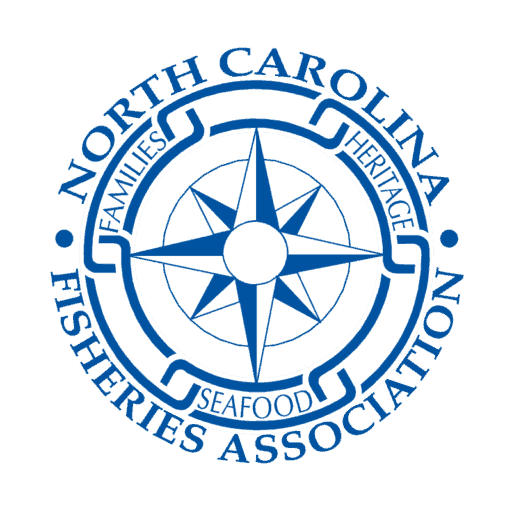The ASMFC
Last week I had a reader who was interested in understanding more about what the Atlantic States Marine Fisheries Commission is and how they fit in with North Carolina fisheries management.
The Atlantic States Marine Fisheries Commission (ASMFC) held their 81st Annual Meeting in Beaufort, NC last week. Although no hot button issues were on the agenda last week, a lot of other necessary fisheries management issues were discussed and voted on. In fact, many of the rules and regulations on how North Carolina manages our inshore species comes directly from ASMFC decisions.
The ASMFC began in 1942 when the Atlantic Coast States realized that their shared migratory fish stocks would be more sustainable and better managed as coast-wide stocks rather than being managed solely at the state level. This is expressed in the ASMFC vision statement, “Sustainable and Cooperative Management of Atlantic Coastal Fisheries”.
As a result of this agreement (which was also approved by the U.S. Congress) the ASMFC now manages 27 nearshore fish species. Each State is represented on the ASMFC by three commissioners; the director of the State’s marine fisheries management agency, a State legislator, and a Governor appointee. All three commissioners participate in discussions and deliberations but each state only has one vote and every state’s commissioner must be in agreement or the State’s vote is considered null.
As for how the ASMFC relates directly to North Carolina fisheries management, it is for the most part similar to other federal fisheries management councils. The biggest difference being that ASMFC managed species live and are mostly harvested inside state waters. So as these species migrate, they move in and out of multiple state’s management jurisdictions.
By managing the fisheries jointly as a coastwise stock, the goal is to bring our collective resources together to get the best data available as well as tracking removals from other states as well as our own. The states work collectively at ASMFC to determine stock statuses, removals, and other management issues and then determine the best ways to fairly allocate the total allowable catch (TAC) between the states.
This can be seen in the Mission Statement of the ASMFC, “To promote cooperative management of marine, shell and diadromous fisheries of the Atlantic coast of the United States by the protection and enhancement of such fisheries, and by the avoidance of physical waste of the fisheries from any cause.”
Most Fisheries Management Plans (FMPs) developed by ASMFC allow the individual states to determine how, when, and where their allocated piece of the TAC of each species will be harvested. That is where management is handed over to the NC Division of Marine Fisheries (NC DMF) and the NC Marine Fisheries Commission (NC MFC) to determine how we will utilize our piece of the fisheries management pie, so to speak.
Other instances, especially when stocks are overfished or overfishing is occurring, the ASMFC will set stricter guidelines for states to follow. In certain cases, moratoriums on species will be issued, certain gear types may be restricted, or strict size limits may be imposed. All management measures in the FMP are expected to be followed by all member States, although a somewhat common (and often controversial) exception to this is conservation equivalency (CE).
Conservation equivalency allows States flexibility to develop their own policies to address unique aspects of their own regions. States that wish to implement a CE program must submit a proposal with scientific analysis and data supporting their plan. These alternative plans must meet the goals and objectives of the original FMP and if the CE plan is implemented it must be reviewed annually.
In essence, the ASMFC gathers all of the information from member States used to manage our migratory fish species. With this collective knowledge, the ASMFC then decides on how many fish can be sustainably removed (and sometimes how, when, and where those fish can be removed). The responsibility of following the ASMFC plan is then passed to the individual State management agencies. These State agencies are then responsible for making sure their management and their fishermen follow the guidelines and objectives set forth by the ASMFC.
Thomas Newman
Fisheries Liaison
